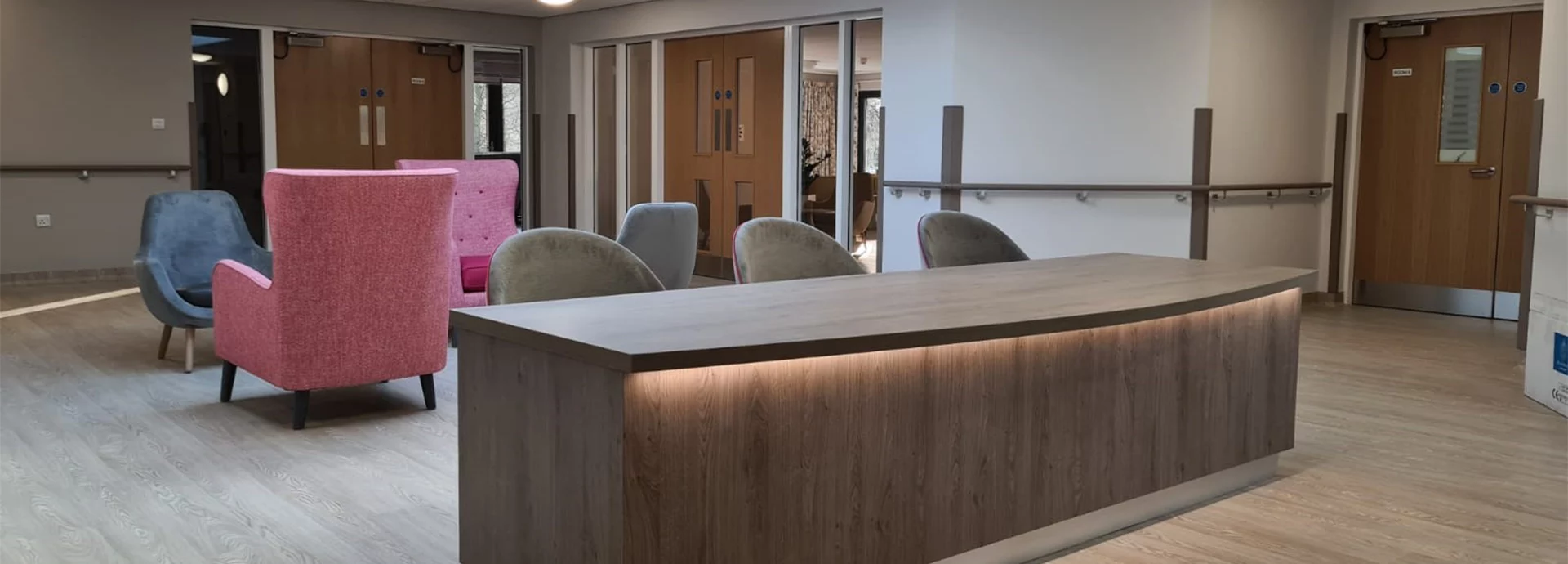A Brief History of Hospices
Posted on 18 July 2018 By Aaron Stretton

In This Article
There are a few different important figures and periods to think about in hospice history. Whether you know someone who…
There are a few different important figures and periods to think about in hospice history. Whether you know someone who has been cared for by a hospice, or you’re simply interested in the history, there’s no denying the incredible impact hospices have had on patients and their families.
Where did hospices come from?
Believe it or not, hospice care can be traced back as far as the mid-19th century. A lady called Jeanne Garnier set up a facility in Lyon, France that cared for dying people.
Prior to this, death had never really been thought about in the healthcare system — the aim was simply to avoid it.
Following Jeanne Garnier’s legacy, a further six hospices were established in France and New York by 1900. Another hospice was then opened in Dublin, Ireland which helped hospice care spread as far as England.
What was the hospice movement?
Hospices had been established for a while, but it wasn’t until Dame Cicely Saunders opened St Christopher’s Hospice in London back in 1967 that hospice care really took off. She was a qualified nurse and social worker and used her experience to create an extraordinary system.
Dame Cicely met a young man called David Tasma who was terminally ill with cancer. Through her relationship with David and her faith in God, Cicely was compelled to begin looking more closely at care for dying people and she began training in medicine.
When she opened St Christopher’s Hospice, Dame Cicely made sure that there was input from medical professionals as well as nursing and spiritual care. Up until this point, doctors had only focussed on curing patients, which was an impossible mission in hospices. Cicely’s work made them think differently.
Her dedication to palliative care led Cicely to conduct research and tests on medicine. Her findings are now the foundations of palliative care.
How are modern-day hospices different?
The hospices of today are all built on the knowledge and compassion shown by Dame Cicely and the other healthcare professionals that went before her.
There are now over 220 hospices through the UK. In 2011, it was recorded that there were 220 hospices with over 3000 beds between them.
Hospices currently receive about a third of their funding from the government, and the other two-thirds are covered by donations from the local community. They support approximately 46,000 people every year with treatments and bereavement support.
There are now different hospice groups as well. National charities like The Sue Ryder Foundation and Marie Curie Cancer Care have opened several hospices each up and down the UK.
Hospices also provide a lot of care to people in their own homes. This means that hospice nurses will visit patients at home and treat them there on a regular basis — providing vital care for people in the community.
This is a very brief whistle-stop tour of how hospices came about and where they are now; each hospice has its own interesting history. We will never be able to fully understand the sheer amount of compassion and dedication hospices and their staff provide to dying people — it’s invaluable to our society.
We think you might also be interested in...
Speak to The Experts
Need assistance with product enquiries, general inquiries, or product support? Our Phonelines are open 9am - 5pm Monday to Friday
0113 519 0319
Or, fill out the form for a call back.
